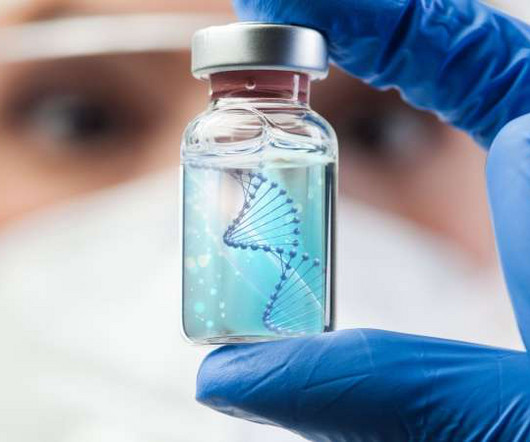Scientists discover small RNA that regulates bacterial infection
The Pharma Data
JUNE 14, 2023
Scientists discover small RNA that regulates bacterial infection People with weakened immune systems are at constant risk of infection. But the bacteria can sometimes change their behavior and enter the bloodstream, causing chronic localized infections to become acute and potentially fatal. aeruginosa infections.













Let's personalize your content